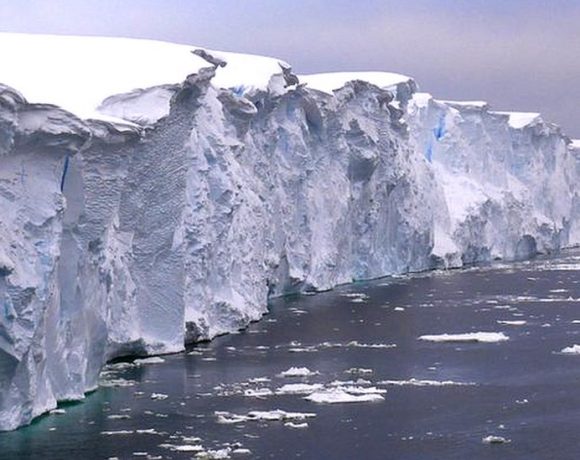
According to new research, the melting ice sheet in Antarctica may recede far more quickly than previously anticipated.
The proof comes in the form of seafloor traces off the coast of Norway that show the retreat of a vanishing European ice sheet thousands of years ago. The glaciers in Antarctica that are receding the fastest are now seen to do so at a rate of up to 30 metres per day.
Yet, if they accelerated, the additional melt water would have significant effects on sea level rises all throughout the world. Since the 1990s, the surface of the world’s oceans has already risen by almost 1 centimetre due to ice loss from Antarctica brought on by climate change.
The maximum retreat with the Norwegian sheet, according to the researchers, was more than 600m per day.
“This is something we could see if we continue with the upper estimates for temperature rise,” explained Dr Christine Batchelor from Newcastle University, UK.
“Although, worryingly, when we did the equations to think about what would be needed to instigate such retreat in Antarctica, we actually found there are places where you could get similar pulses of withdrawal even under the basal melt rates we know are happening at the moment,” she told BBC News.
Significantly, the areas with the fastest rates were those with relatively flat seafloors. These are areas where the thickness of the ice above is more likely to be uniform and where less melting is needed to make the ice float to speed up its retreat.
On the seafloor near Antarctica, there have been reports of similar corrugations, but the examples are rather small. Because the Norwegian research region is so much larger, it provides a much clearer picture of how quickly ice can retreat in a warming climate.
Currently, scientists utilise satellites to keep an eye on the glaciers that terminate in the ocean in Antarctica. The spacecraft can determine where the tides are raising and lowering the ice.
Picture Courtesy: Google/images are subject to copyright

